Le Chaos, from "Le Temple des Muses"
Black and white etching on wire rod paper, representing the myth of Chaos. Plate from the volume “ Le Temple des Muses ”, published in Amsterdam in 1742 by Zacharias Chatelain.
Bernard Picart (Paris, 1673 – Amsterdam, 1733), French engraver, well-known for his book-illustrations, including the Bible and Ovid. His most famous work is Cérémonies et coutumes religieuses de tous les peuples du monde , appearing from 1723 to 1743
Black and white etching on wire rod paper, representing the myth of Chaos.
Plate from the volume “ Le Temple des Muses ”, published in Amsterdam in 1742 by Zacharias Chatelain. Capture (under the image) and author " B. Picart del. 1731" inscribed under the frame engraved on the lower left margin. In good conditions, except for a normal yellowing of the margins.
This was an illustrated book of Ovid's most popular fables published in 1733 in Dutch ( Tempel der Zanggodinnen ), in 1738 in English, and in 1742 in French by Zacharias Chatelain. The engravings had captions in four languages: French, English, German, and Dutch. The artists involved were Michel de Marolles, Bernard Picart , Jacques Favereau , Abraham van Diepenbeeck and Cornelis Bloemaert. A facsimile of the Dutch version was published in 1968.
The sixty engraved plates by Bernard Picart and others were a sort of fashionable mythological compendium , useful in the eighteenth century, when the fascination for Greek and Roman antiquity followed the systematic excavation of the ruins at Pompeii and Herculaneum in southern Italy; and after 1750, the Neoclassical style dominated all artistic fields.
Bernard Picart (Paris, 1673 – Amsterdam, 1733), French engraver, well-known for his book-illustrations, including the Bible and Ovid. His most famous work is Cérémonies et coutumes religieuses de tous les peuples du monde , appearing from 1723 to 1743 and was defined: "an immense effort to record the religious rituals and beliefs of the world in all their diversity as objectively and authentically as possible " by Jonathan I. Israel.




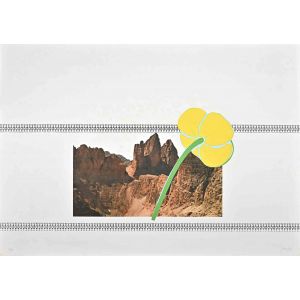
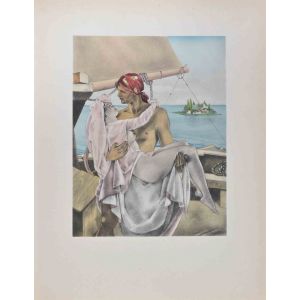
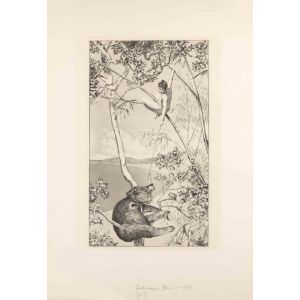
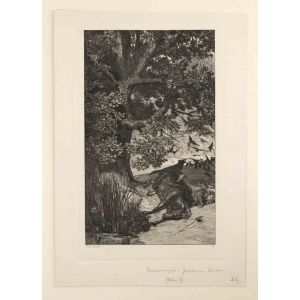
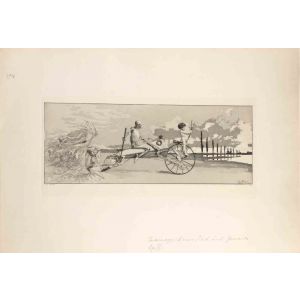
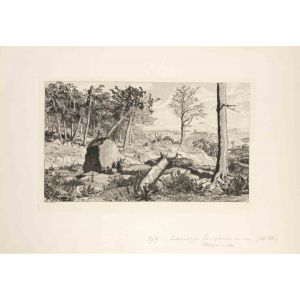
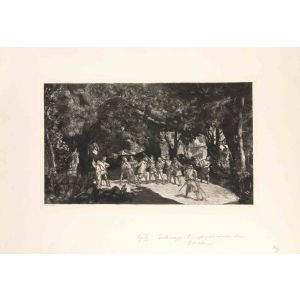
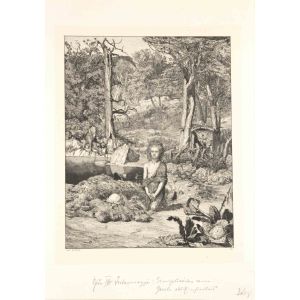
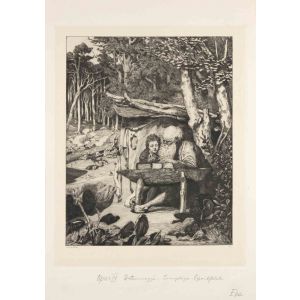
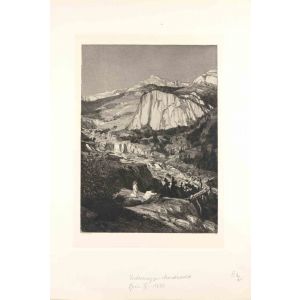

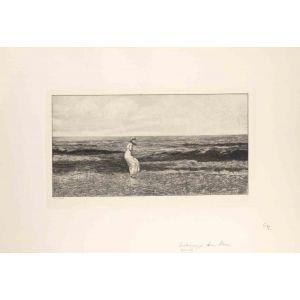
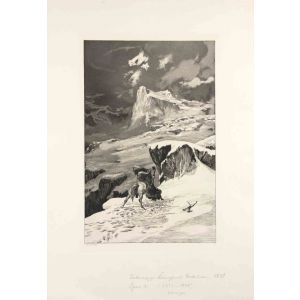


















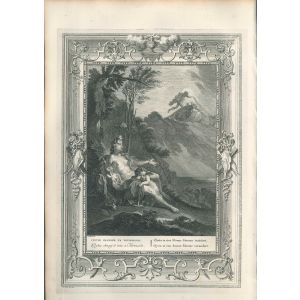
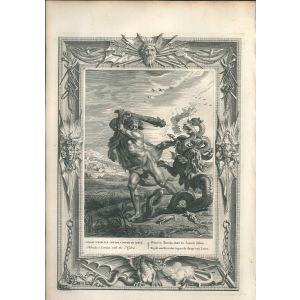



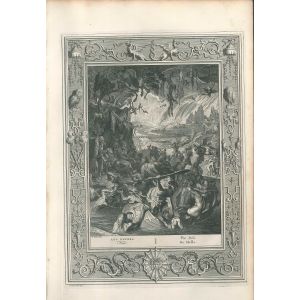
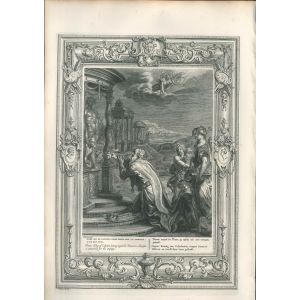

Validate your login
Sign In
Create New Account